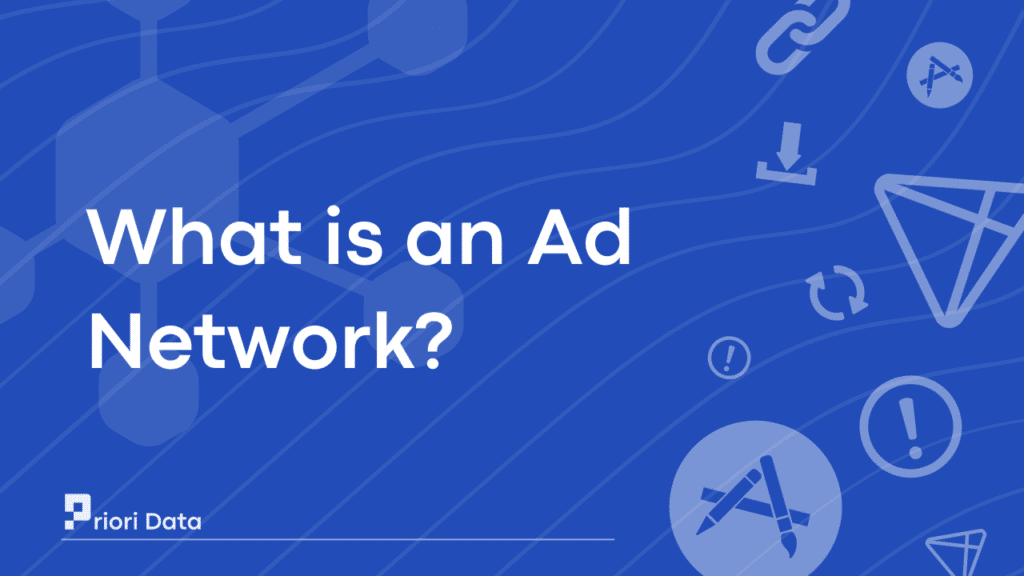An ‘Ad Network’ is a technology platform that works as an intermediary between a group of advertisers and a group of publishers. The term is exclusively used for online advertising.
When online advertising first started in the mid-90s, it was Ad Network that became the first piece of advertising technology, helping advertisers buy available ad space across multiple publishers at the best price.

How does an Ad Network Work?
The primary function of an Ad Network is to collect unsold ad inventories from different publishers.
Once collected, it offers this collection to advertisers at a bargained price. If an advertiser buys it directly from the publisher, it may cost very high. Usually, such inventories are non-premium or remnant.
Apart from this, some Ad Networks work strategically, offering lucrative deals at premium prices. First, they collect the best ad spaces from the top publishers and then offer them to the advertisers at premium prices.
Even though it may seem expensive from an advertiser’s point of view, it ensures premium placement of their ads that help in the long run.
The working module of Ad Network can be explained below:
- Aggregation of publishers– Ad Network collects as many inventories as possible from publishers to provide them to the advertisers on an auction basis.
- Setting up the campaigns– Now, the advertisers use the campaign management panel of Ad Network and run the campaign across different Ad Networks. Advertisers can also set up pixels from a third-party ad server to verify and consolidate reporting during campaign running.
- Setting campaign parameters– Budget, targets, frequency caps, and a lot more parameters are set by the advertiser. Here, the work of the publisher is to install the ad-network ad tags on their site.
- Ad publication– Once the ad publishes on the site, multiple banners can be used to rotate on the website with the ad network’s campaign management panel by the advertiser without contacting the publisher.
Earlier, when the number of advertisers and sites was less, the publishers used only one ad network to sell the remnant inventory. However, with the increasing number of sites, publishers realized low fill rates while selling their entire inventory on one ad network.
To increase the fill rate, the utilization of multiple ad networks came into being. Here, some offer remnant inventories, and the rest are premium ones.
Benefits of Ad Networks for Advertisers and Publishers
Ad Network is like a broker between the two. It helps advertisers and publishers in the following ways:
Publishers
With Ad Networks, publishers get the right platform to sell their inventory not sold by direct deals. Even though the publisher may face low fill rates, Ad Network makes its inventories available to the right advertisers.
Thus, for publishers, Ad Network helps in the following ways:
- Generates income fast– Once you have enrolled in one or more ad networks and your site is set to launch, you can start making money immediately. It will help cover the operational costs.
- Increases the audience– Ad Networks help widen your audience segment, which helps increase the monetization potential of your site, bringing more money to your platter.
- Opens gate for more revenue– Ad Network opens the publisher to more advertisers. Since Ad Networks serve well-targeted and high-quality ads so that they perform well on your site, the chances of views and clicks spike. It helps in increasing the chances of revenue generation.
Advertisers
Although Ad Networks help publishers the most, they are beneficial for advertisers as well in the following ways:
- Saves time– Once the advertiser sets up the campaign, there is no need to sign the insertion order separately for every publisher. Thus, it helps save advertisers extra time and effort.
- Scales inventories– With Ad Network, buying multiple inventories and centralizing the reporting becomes easy.
- Campaign Management– It will help measure the campaign reach and ease management. Also, Ad Networks work for precise matching, allowing advertisers to grab the best and most profitable deals.
Different types of Ad Networks
There are four different types of Ad Networks, and advertisers and publishers can use them according to their requirements. They can choose depending on the type of ad, audience, and budget.
1. Horizontal Ad Network
Offering broader reach, horizontal Ad Networks deliver ads to an extensive inventory base. There are some major benefits of horizontal Ad Networks, such as better scale, reach, and multiple opportunities to target.
2. Premium Ad Network
It is perfect for publishers who can afford a premium price to avail of premium access to their inventory. Usually, top-tier publishers work with such Ad Networks.
3. Specialized or Inventory
Specific Ad Network: As the name indicates, such Ad Networks are restricted to specific inventory. For instance, a specialized Ad Network may work only with mobile ad formats or video ad formats, etc.
4. Vertical Ad Network
Such Ad Networks are niche specific. They connect advertisers only with the publishers belonging to a particular niche that is relevant to them. Vertical Ad Networks can be used to reach unique audiences. Examples are business ad networks, fashion ad networks, automotive ad networks, etc.
An ad network is one of the most useful tools for publishers and advertisers. From gathering inventory based on specific criteria to selling it for the best price, it makes an efficient intermediary between publishers and advertisers.
As the market grows, the number of ad networks also enlarges, focusing on specific niches, verticals, and types of inventory. Using the best ad network can help provide businesses with additional revenue streams.






